While gardens can be a wonderful way to bring beauty into your home, they can also attract unwanted guests. Unfortunately, one of the most common guests seen in gardens is the rat – but what do rats eat there? Understanding what these creatures are drawn to can help you keep your garden safe and free from damage if you know how to use it to your advantage. This guide will explore the foods and materials that rats commonly search for in gardens so that you can keep your plants healthy and your home pest-free.
Why are rats dangerous for the garden?
Rats are one of the most common garden pests and can be dangerous to gardens for several reasons. First, rats can breed rapidly, leading to large populations that quickly consume fruits, vegetables, flowers, and other plants in the garden. Second, rats can carry diseases that can be transmitted to humans through contact with their urine, and feces, or by consuming fruits and vegetables they have contaminated.
Third, rats may also damage plants and property in the garden by chewing on roots, leaves, stems, and other plant parts. Finally, rats are capable of carrying fleas that can spread to other animals and people in the area. All of these factors make them a huge nuisance for home gardens and it is important to take steps to remove them from your garden as quickly as possible.
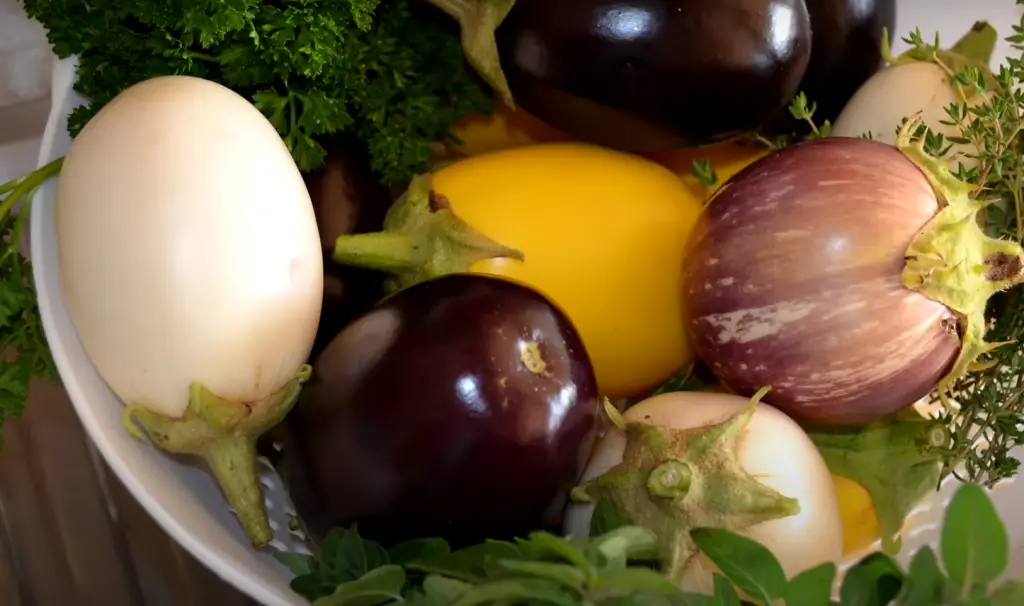
In order to keep rats out of the garden it is important to practice good sanitation habits such as disposing of all food scraps properly in a sealed bag or container and keeping outdoor areas clean and free of debris.
Finally, using traps and poison baits can help to keep rat populations under control in the garden [1].How Can You Prevent Rats from Entering Your Garden?
There are several steps that you can take to prevent rats from entering your garden. First, make sure that all entry points into the garden are sealed off such as holes in fences, gaps in walls, and cracks around windows and doors.
Second, always keep food scraps sealed in a container or garbage bin and never leave them out overnight. Third, regularly inspect your garden for signs of rats such as droppings or burrows, and take appropriate action if you see any evidence of their presence. Finally, use traps and poison baits to control rat populations in the garden but be sure to use them carefully according to label instructions.
It is also important to remember that even with all these preventative measures rats may still enter the garden so it is important to remain vigilant and take quick action if any signs of rat activity are noticed. Taking these steps can help you protect your garden from the dangers posed by rats.
How to get rid of rats in the garden
Stop feeding wild birds and animals
If you feed wild birds and animals in your garden, stop doing it immediately. This is an easy source of food for rats and can encourage them to move into the area. It is also important to clean up any spilled bird seed or pet food as soon as possible to reduce the attraction of rats.
Remove potential nesting sites
Rats will often find shelter and build nests in dense shrubbery, piles of leaves, compost bins, scrap lumber piles, under decks and patios, etc.
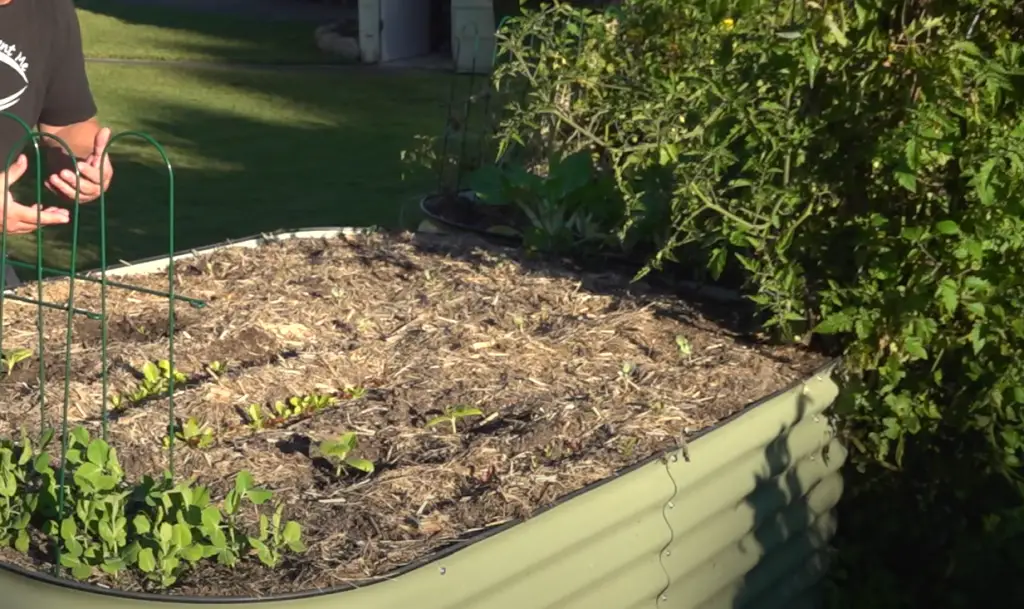
Remove these potential nesting sites from around your home or garden to help prevent rat infestations.
Keep the garden tidy
Keep your garden clean and free of debris, weeds, fallen fruit, or any other possible food sources. Trim back shrubs and trees away from the home to reduce hiding places for rats. Additionally, make sure to keep all food scraps sealed in a container or garbage bin and never leave them out overnight.
Move things around
Rats are creatures of habit and can become comfortable in a specific area over time. Move things around or change up your routine from time to time to make it difficult for rats to settle into any one spot. To do this you can rearrange furniture, switch up your compost pile location, or move the garden bench. Moreover, trim back any dense shrubbery or overgrown grass to discourage rats from making a home in your garden.
Block access to decking and garden buildings
Inspect the perimeter of your deck or any garden buildings and seal off any potential entry points such as holes, cracks, or gaps. This will help to prevent rats from entering these areas and invading your garden. Moreover, regularly check for signs of gnawing or rat droppings around these areas and take swift action if you do find any evidence of their presence.
Keep an eye on crops
Rats are particularly attracted to ripe fruit and vegetables. Regularly inspect your crops for signs of rats and take appropriate action if necessary. If large infestations occur, it may be necessary to erect a rat-proof fence around the area.
Remove water sources
Rats need access to water to survive. Remove any sources of standing water such as bird baths, ponds, or leaking pipes and faucets from your garden to reduce the attraction of rats.
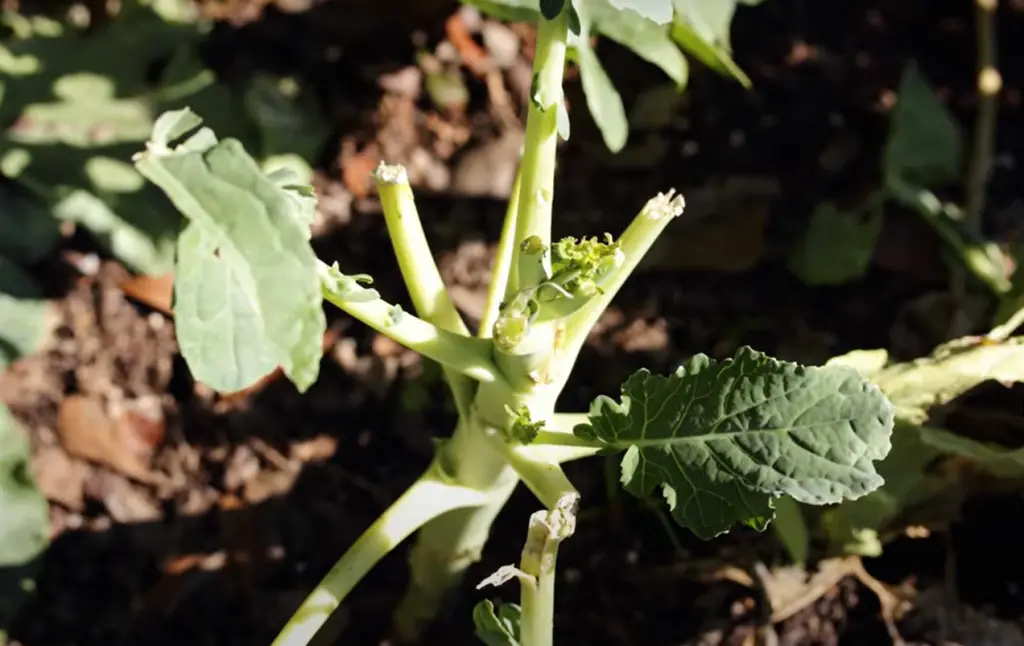
Additionally, check for any other possible sources of water such as condensation on windows and walls or dripping irrigation systems.
Encourage predators
You can also encourage predators such as cats, dogs, owls, hawks, and snakes into your garden to help reduce the rat population. This method may not be suitable for all gardens but if it is possible then it can be a good way to keep rat numbers under control [2].
Do Rats Like To Eat Plants?
Plants That Attract Rodents
Rats are omnivores, which means they eat plants and other sources of animal protein. While rats are known to consume a wide range of foods, some plants may be more attractive than others.
They also tend to favor nuts, seeds, and dried fruit over fresh fruits and vegetables. In the wild, rats will also feed off grasses and various types of weeds.When it comes to domestic settings, certain plants may be more likely to attract rodents than others. Dried corn kernels or seed mixes can easily become a favored food source for rats in home gardens or farms. Rats have been known to gnaw through bags of stored grains, invade pantries, and raid kitchen cupboards. Other commonly eaten plants include grains like oats or wheat, potatoes, apples, squash, beets, carrots, lettuce, tomatoes, onion skins, garlic cloves, and peppers.
Leaves That Rodents Like To Eat
In addition to grains, legumes, and vegetables, rats are known to feed upon a variety of leaves. Common plants eaten by rats include clover, spinach, kale, cabbage, lettuce, sprouts, Swiss chard, bok choy, mustard greens, collards, turnip greens, and other dark leafy greens. They also enjoy the tender new shoots of certain vines such as ivy or morning glory.
Rats can be attracted to edible flowers like pansies and marigolds. In addition to these plants being attractive food sources for rodents; some may offer them protection from predators or provide them with shelter in which to build nests.
Other Foods That Attract Rats
It’s important to note that rats will also feed on insects and other invertebrates. Commonly eaten items include slugs, snails, worms, and spiders.

They may also go after birdseed or pet food left outside in the open or stored improperly. Rats are highly adaptable creatures and can survive off of a variety of sources, including compost piles, fallen fruit from trees, garbage cans and dumpsters, and even the occasional piece of candy or food scraps accidentally dropped on the ground.
Preventing Rodents From Eating Plants
It is important to keep your garden, yard, and home free of any potential rodent attractants. Be sure to store grains and other seeds in sealed containers and dispose of them regularly. Keep pet food stored in mouse-proof containers or indoors. Remove fallen fruit from trees as soon as possible and ensure that compost piles are securely covered. Finally, eliminate any standing water sources around your property, such as leaky faucets or clogged gutters. This will help reduce the likelihood of rodents being drawn to your plants. By taking preventative measures like these you can greatly decrease the chances of rats or other pests invading your property [3].
How Do You Know Rodents Are Eating Plants in the Garden?
Seeing the Rats or Mice
The most obvious way to tell if rodents are eating your plants is to see the rats or mice in your garden. Look for signs of movement near the plants, especially during dusk and dawn when they tend to be most active. If you see any animals that look like a rat or mice, then it’s likely that they have been feasting on your plants.
Finding Droppings
Rodents tend to leave behind droppings where they feed. Check around the base of your plants for small piles of black or brown pellets which could indicate that rodents are eating them.
Damaged Stems and Leaves
If you notice holes in leaves or stems that appear to have been nibbled away, rodents have likely been chowing down on your plants.
Damage to Fruits and Vegetables
If you’re growing fruits or vegetables in your garden, then look out for signs of damage such as puncture marks in the skin which could indicate that rodents have been feasting on them.
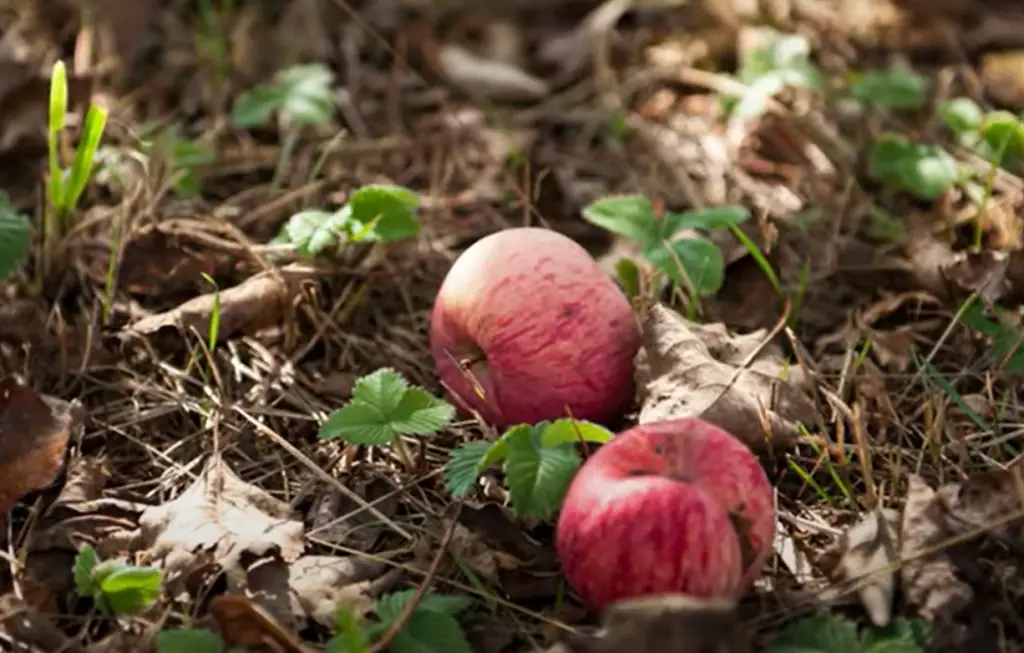
You might also find half-eaten fruits and vegetables lying around the garden which is another sign that they have become a tasty snack for some unwelcome guests.
Mounds of Unearthed Soil
Rodents tend to dig up soil to create nests or burrows. If you notice any mounds of unearthed soil near your plants, this could be a telltale sign that rodents are present and have been snacking on your greenery.
FAQ
What attracts rats to the garden?
Rats are attracted to gardens for food, water, warmth, and shelter. They will search out any easy sources of food such as fallen fruit or vegetables, bird feeders, seed heads in grasses and flower beds, pet food left outdoors, or compost piles. Rats also need access to water so they can drink and cool off during hot weather. Finally, rats look for places where they can find protection from predators like cats or owls — dark nooks that provide cozy hiding spots among garden debris or thick vegetation. Taking measures to remove these attractants is the best way to prevent a rat infestation in your yard.
How do I get rid of rats?
The most effective way to get rid of rats is through an integrated pest management approach that includes eliminating food and shelter sources, trapping, and exclusion. Start by removing potential food sources like birdseed, pet food left outdoors, or garbage cans with inadequate lids. Then set baited traps in areas where rats are likely to travel. Finally, inspect your home’s exterior and seal up any openings or cracks to exclude rats from entering indoors. If you need help getting rid of the rat problem in your yard, contact a professional pest control expert for assistance.
What is the best bait for rat traps?
The most effective bait for rat traps depends on the species of rat you’re trying to trap. For Norway rats (the most common type found in gardens), peanut butter and dried fruits such as raisins and dates are often used. For roof rats, which are smaller in size, peanut butter and bacon work best. Be sure to change the bait regularly so it remains fresh and attractive to the rats. Finally, always use caution when handling traps, and make sure your hands are protected when removing trapped rodents.
Are there any natural repellents that can keep rats away?
Yes, there are a few natural repellents that may help deter rats from entering your garden or home. Peppermint oil is often used because its strong scent can be off-putting for animals like rats. Another option is to sprinkle cayenne pepper around the perimeter of your yard — the spicy taste and smell can be too intense for rats to handle. Finally, the presence of natural predators like owls or snakes may also help keep rat populations in check. Be sure to follow all safety precautions when using these products around children and pets.
Can rats climb walls?
Yes, some species of rats are good climbers and can scale walls with ease. Roof rats (also known as black rats) have slender bodies that make it easy for them to fit through narrow spaces, so they often climb up walls and use wires or branches as a bridge into attics or other elevated areas of a home. Keeping your yard free of potential food sources, trimming back trees and vegetation near the house, and sealing any cracks or gaps in the foundation can help prevent rats from entering your home.
What should I do if I find a rat in the garden?
If you spot a rat in the garden, it is important to take immediate action to keep them away from your home. Start by removing any potential food sources such as fallen fruit or vegetables, bird feeders, pet food left outdoors, or garbage cans with inadequate lids. Then set baited traps along likely paths of travel and inspect the perimeter of your home for ways that rats could be getting inside. If you need help controlling their population, contact a professional pest control expert for assistance. Finally, always use caution when handling traps, and make sure your hands are protected when disposing of trapped rodents.
What do rats hate in the garden?
Rats are repelled by strong smells and tastes, so using natural repellents like peppermint oil or cayenne pepper can help keep them away. Additionally, the presence of predators like owls or snakes can also be effective in deterring rats from entering your garden. Finally, make sure to remove any potential sources of food or shelter — such as birdseed, pet food left outdoors, woodpiles, compost bins, or debris piles — to reduce the chances of attracting rodents.
What do rats eat in the backyard?
Rats are opportunistic feeders and can eat almost anything. In the backyard, they may forage for food in compost bins, bird feeders, pet food left outdoors, or fallen fruits and vegetables. They will also search for uncovered garbage cans with inadequate lids. Removing these potential sources of food can help keep rats away from your yard. Additionally, setting baited traps along likely paths of travel can help control their population before it gets out of hand. If you need assistance getting rid of a rat problem, contact a professional pest control expert for help.
Useful Video: How to Prevent and Control RATS in Your Garden 🐀 😱
Conclusion
Rats in the garden can be a nuisance and are hard to control, but there are some methods that homeowners can use to help reduce their populations. Trapping is one of the most effective ways to get rid of rats in the garden. By setting up traps strategically around the garden, homeowners will be able to catch and remove any rodents living in their yards. In addition, by regularly cleaning up debris and trimming back vegetation around the yard, homeowners can make it less attractive for rats seeking food or shelter. Finally, introducing natural predators such as cats into the area may also help reduce rat populations over time. With these steps, anyone looking to keep rodents out of their gardens should be able to live peacefully with nature once again.
References:
- https://www.rhs.org.uk/biodiversity/rats
- https://www.gardenersworld.com/plants/rats-in-the-garden/
- https://www.evergreenseeds.com/do-rats-eat-plants/





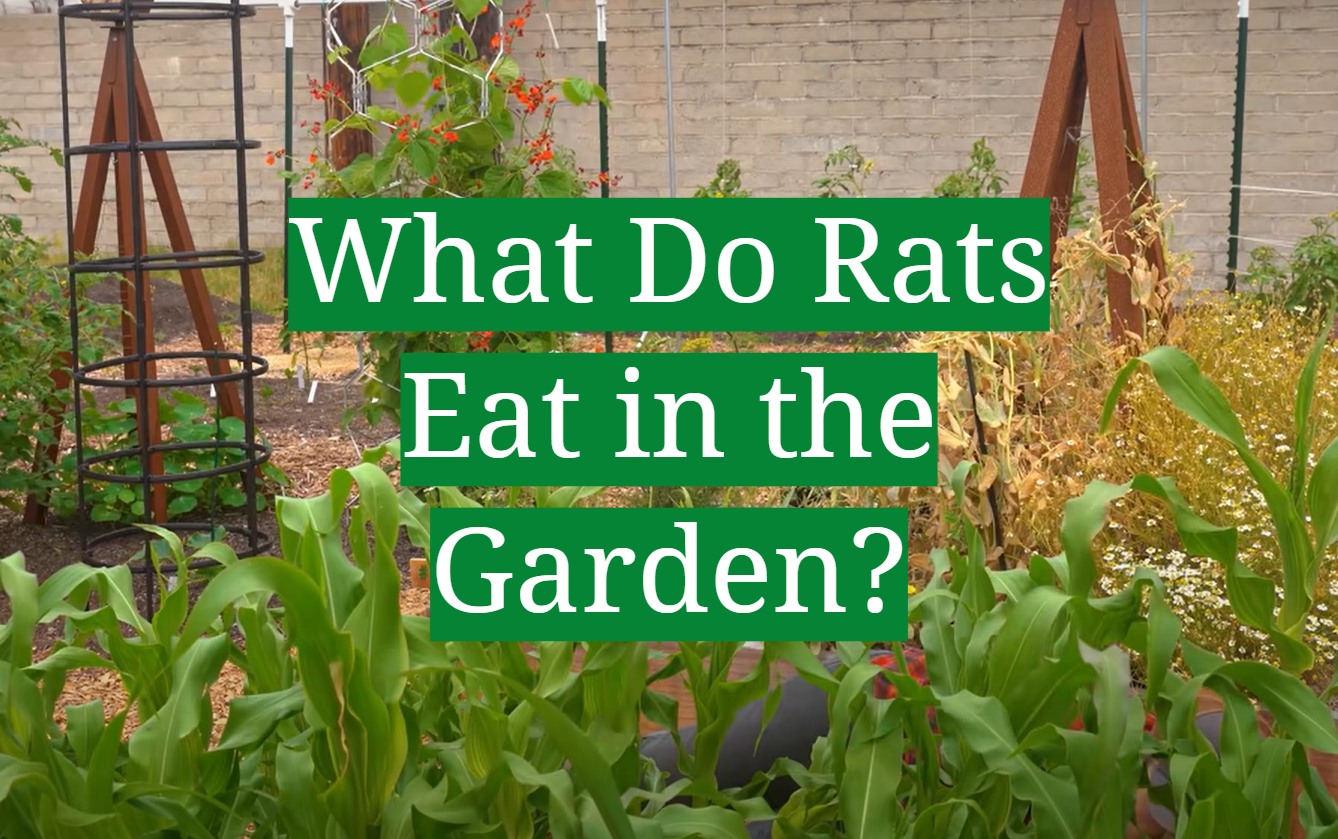
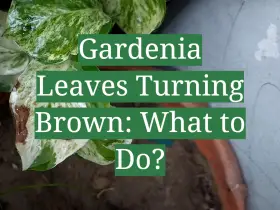
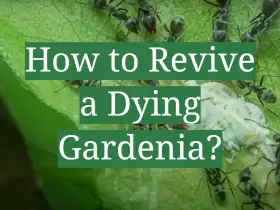

Leave a Reply
View Comments